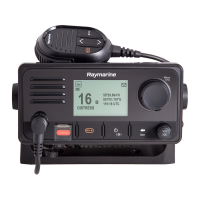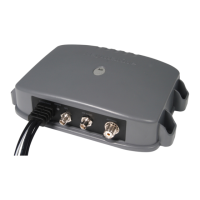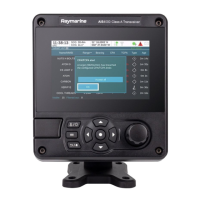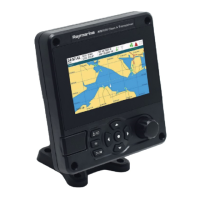What to do if my Raymarine Transceiver will not boot up (re-boot loop)?
- HhsmithAug 17, 2025
If your Raymarine Transceiver won't boot up and is stuck in a reboot loop, the issue might stem from: * Power supply and connection problems: Refer to the troubleshooting steps for 'Product does not turn on or keeps turning off'. * Software corruption: Try re-flashing the latest software from the Raymarine website.





